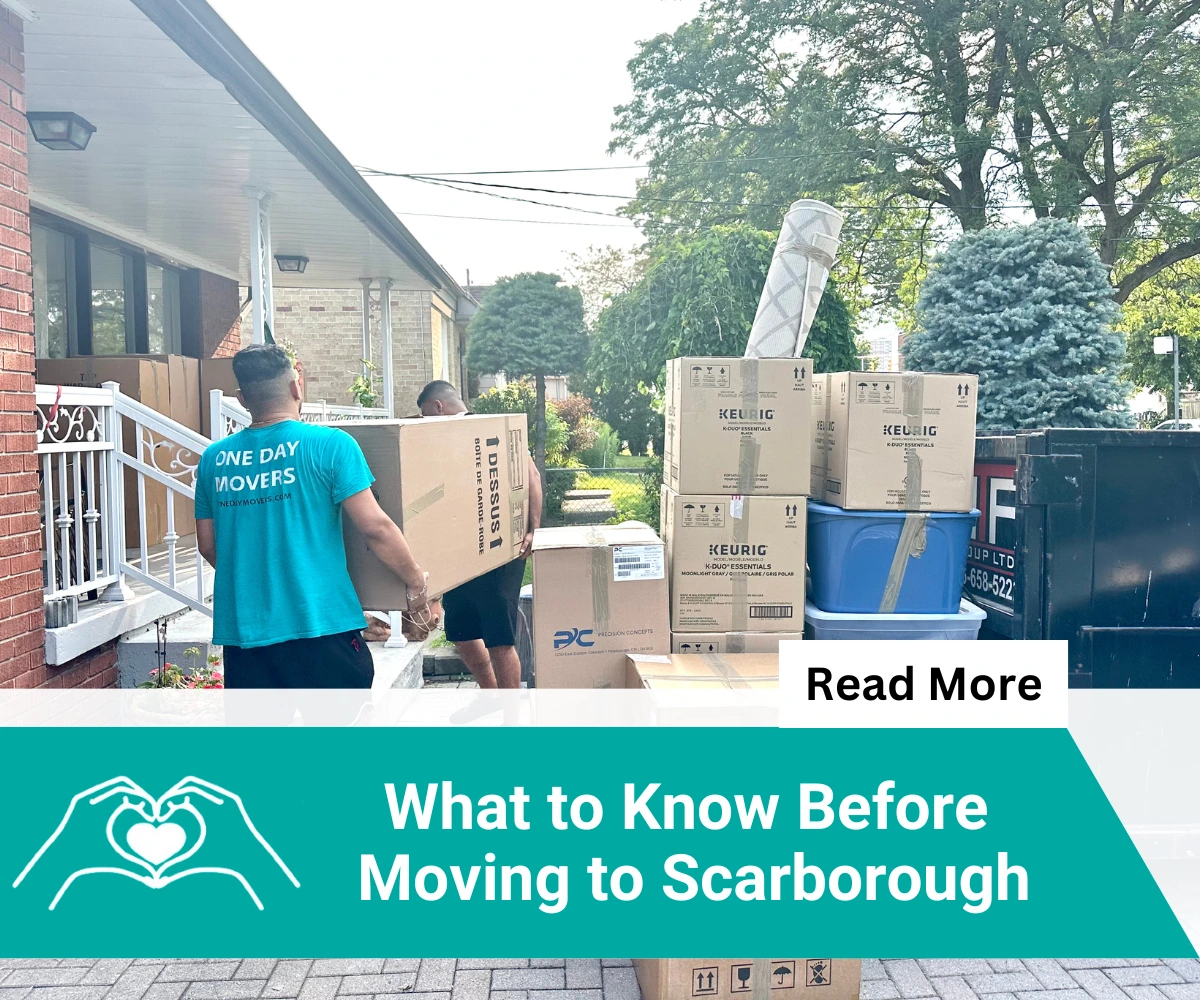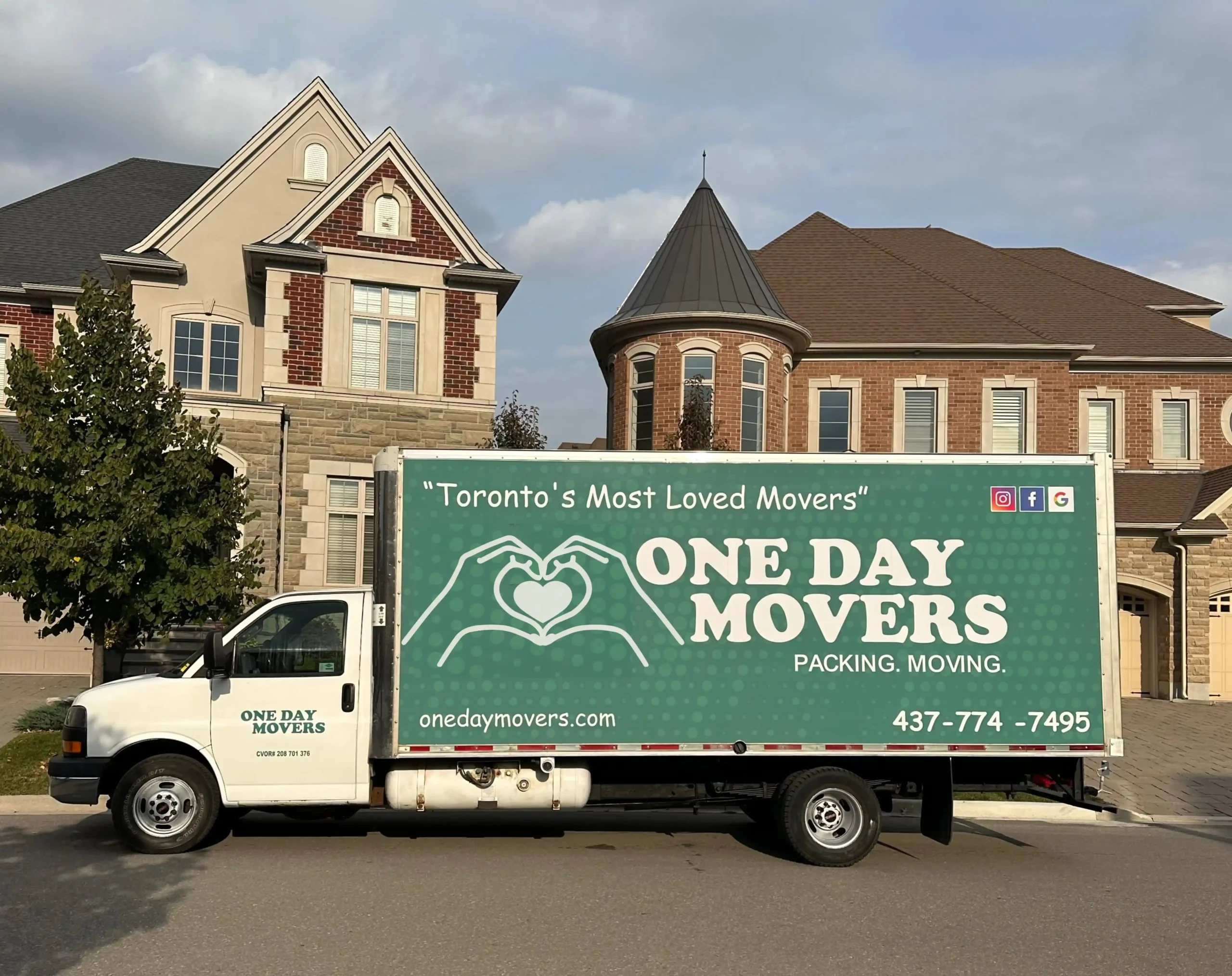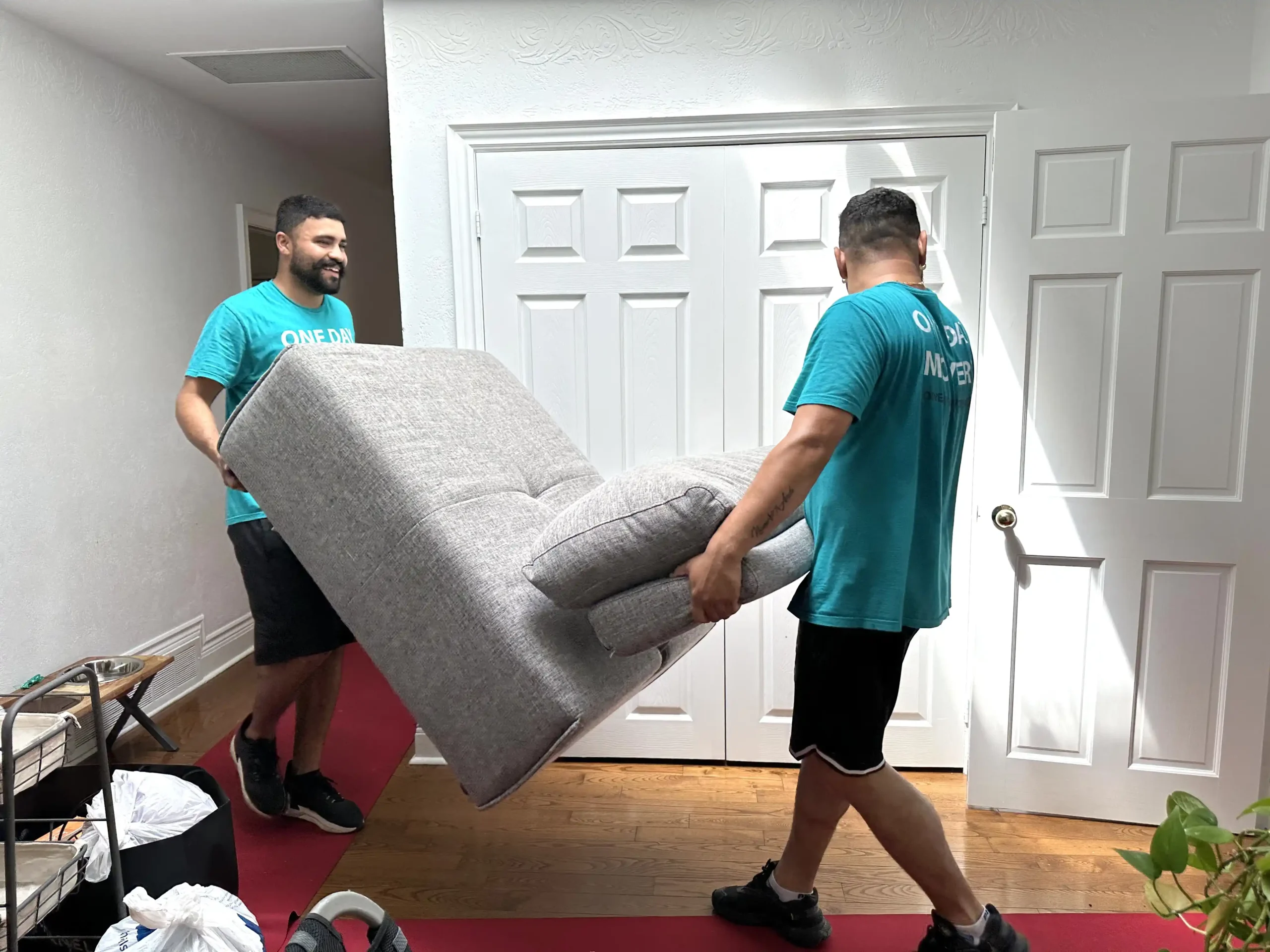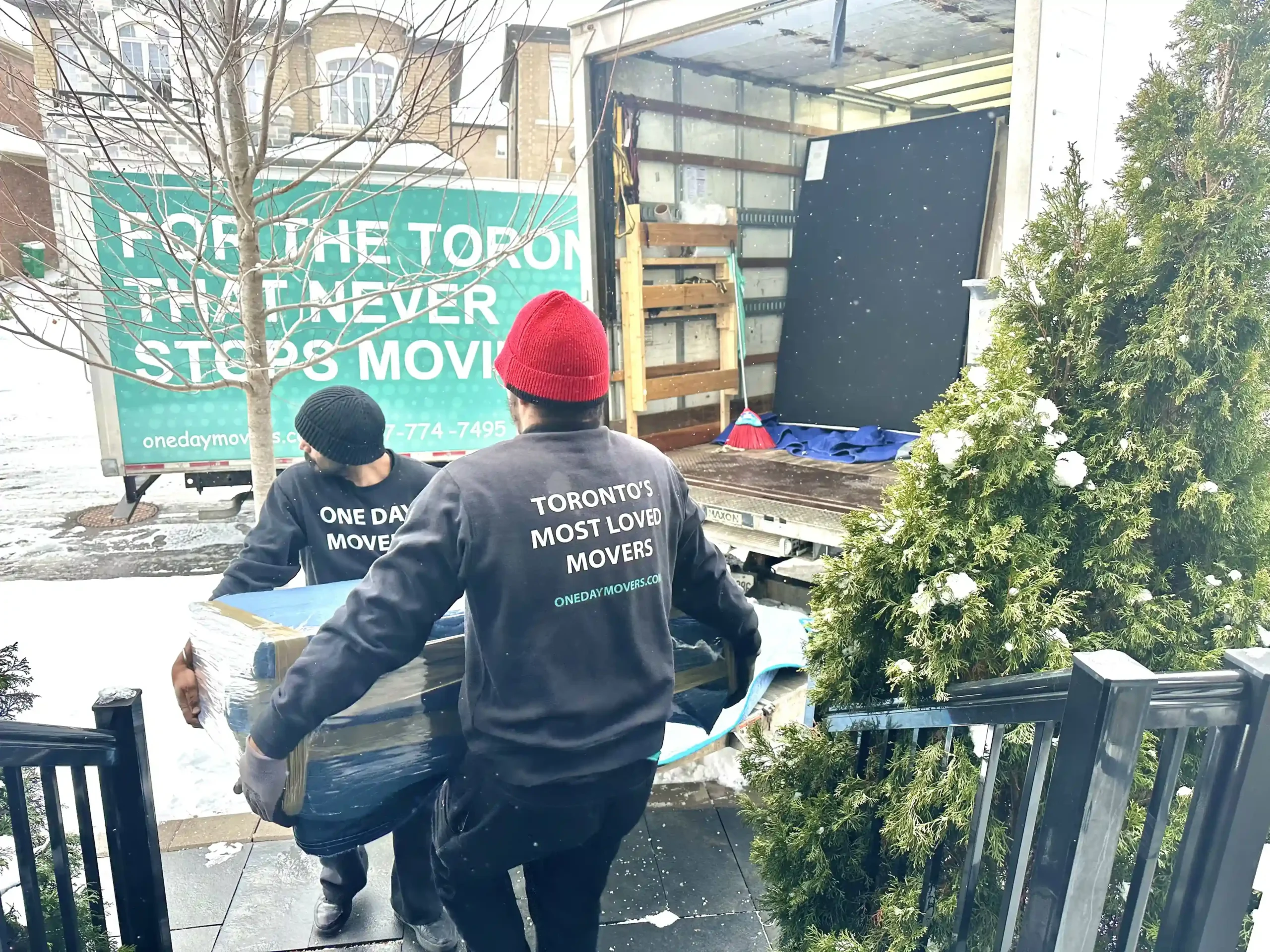Moving can be both exciting and overwhelming, and finding the right movers is a crucial step in making the process smooth and hassle-free. Whether you’re relocating across town or to a new city, choosing a reliable and professional moving company ensures your belongings are in safe hands. But with so many options, how do you find the best movers near you? This simple guide walks you through the steps to help you make the right choice.
Step By Step Guide to Find the Best Moving Company Near You in Toronto
Step 1: Start with Research
Begin by gathering a list of moving companies in your area. Use online search engines, local directories, and community groups to find movers that operate near you. Recommendations from people you trust can also be a great way to identify reliable companies.
Tips for Researching Movers:
- Read Online Reviews: Platforms like Google, facebookYelp, and BBB (Better Business Bureau) are excellent sources for honest customer feedback.
- Ask for Recommendations: Reach out to friends, family, or coworkers who have moved recently.
- Check Specializations: Look for movers that handle your specific needs, whether it’s local, long-distance, or specialty moves like condos or offices.
- Check Origional work: Look into their website and other social media plateform and check their complete moving process and testimonial vides
Step 2: Verify Their Credentials
Before hiring a moving company, confirm their legitimacy and reliability. This ensures your belongings are protected and that you’re working with professionals.
What to Check:
- Licensing: Movers should have the necessary licenses and adhere to local regulations.
- Insurance: Verify that the company offers coverage for potential damage or loss during the move.
- Experience: Choose companies with a proven track record, especially if your move involves special requirements like fragile items or heavy furniture.
Step 3: Request Multiple Quotes
Contact at least three moving companies and request detailed estimates. Comparing quotes helps you understand the market rate and identify which company offers the best value for your needs.
What to Look for in Quotes:
- Transparent Costs: Ensure the quote includes all potential charges, such as fuel surcharges, extra labor fees, or packing materials.
- Pricing Models: Check if the company offers hourly or flat-rate pricing and choose what suits your move. Hourly rates are often more budget-friendly for smaller moves.
- Customizable Services: Look for companies that offer flexible options like packing, unpacking, and furniture assembly.

Step 4: Review the Terms and Conditions
Carefully read the company’s policies, including their terms and conditions. This helps you avoid unexpected surprises or extra costs on moving day.
Key Questions to Ask:
- What is included in the estimate?
- Are there extra fees for stairs, elevators, or difficult access points?
- What is their cancellation or rescheduling policy?
- Do they have a policy for handling fragile or valuable items?
Step 5: Speak with the Movers
Call or meet with the movers to ask any questions and gauge their professionalism. A good moving company will be open, transparent, and helpful throughout the process.
What to Observe:
- Responsiveness: Are they quick to answer your inquiries?
- Clarity: Do they explain their services and pricing clearly?
- Professionalism: Does their office, website, or customer service reflect a reliable company?
How One Day Movers Can Help

At One Day Movers, we specialize in making your move as smooth and stress-free as possible. Our services are designed to meet all your moving needs, no matter how complex or last-minute they might be.
Why Choose Us?
- Last-Minute Moves: If you’re working on a tight schedule, our team is ready to handle your move efficiently.
- Condo Moves: We have experience with condo relocations, including managing elevator bookings, navigating tight hallways, and handling parking restrictions.
- Women-Lead Packing Team: For those who prefer, our professional women’s team ensures secure and respectful packing services.
- Comprehensive Packing and Unpacking: Save time and effort while we handle all aspects of packing and unpacking.
- Furniture Disassembly and Reassembly: We ensure bulky furniture is moved safely and reassembled properly in your new home.
- Transparent Pricing: No hidden fees—we provide upfront quotes so you know exactly what to expect.
- Flexible Scheduling: Whether it’s a weekend, evening, or last-minute booking, we adjust to fit your timeline.
With One Day Movers, you can relax and focus on settling into your new home while we take care of everything else.
Final Tips for Choosing the Best Movers
- Book Early: Secure your preferred date by booking movers at least 4-6 weeks in advance, especially during peak moving seasons.
- Declutter: Get rid of items you no longer need to save time and reduce moving costs.
- Read Recent Reviews: Customer reviews offer valuable insights into the company’s service quality and reliability.
- Ask for Recommendations: Personal referrals are often the most reliable way to find great movers.
Conclusion
Finding the best movers near you doesn’t have to be stressful. By researching thoroughly, verifying credentials, and comparing quotes, you can choose a company that fits your needs. Professionals like One Day Movers provide tailored services to ensure a seamless moving experience, whether it’s a last-minute condo move or a planned relocation.
Contact us today for a free quote and experience a smooth, hassle-free move!
This extended version provides a more in-depth exploration of each step, practical tips, and enhanced clarity for readers. It’s designed to be user-friendly and accessible while promoting One Day Movers as a reliable option.
FAQs
Q. How far in advance should I book movers?
A: Book your movers 4-6 weeks before moving day to ensure availability, especially during busy periods like summer or weekends.
Q. Are professional movers worth the cost?
A: Yes, professional movers save time, reduce stress, and ensure your belongings are handled safely, particularly for large or complex moves.
Q. How do I avoid moving scams?
A: Be cautious of movers with extremely low prices, no physical address, or vague answers to your questions. Verify their licensing and reviews before hiring.
Q. Should I choose hourly or flat-rate pricing?
A: Hourly rates are ideal for smaller, straightforward moves, while flat rates are better for long-distance or larger relocations with defined scopes.
Q. Do movers provide packing supplies?
A: Most movers offer packing supplies for an additional fee. Some, like One Day Movers, include this service in their packages.
Q. What should I do if my moving company cancels last-minute?
A: Reach out to reliable movers who specialize in last-minute moves, such as One Day Movers, to quickly find a solution.




























